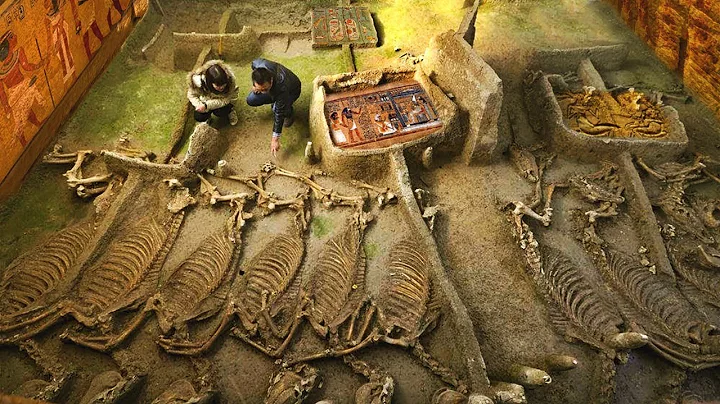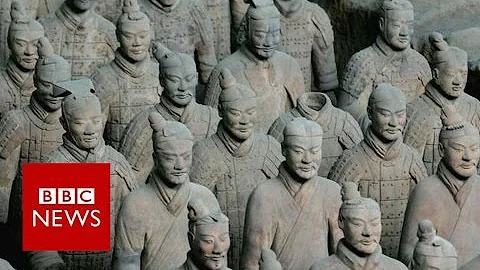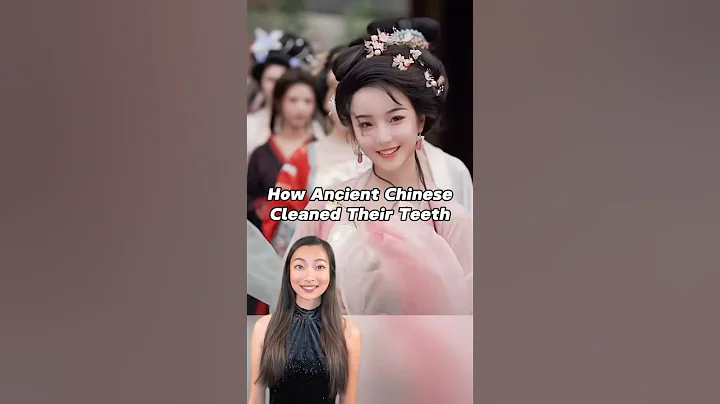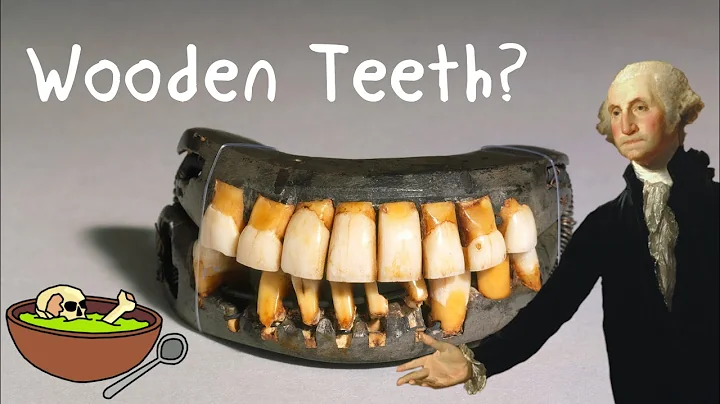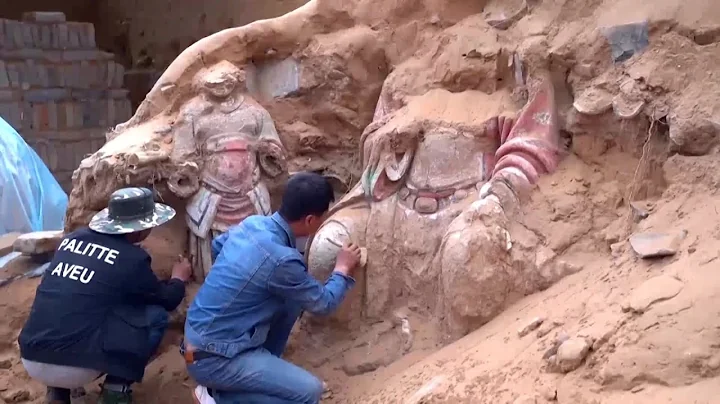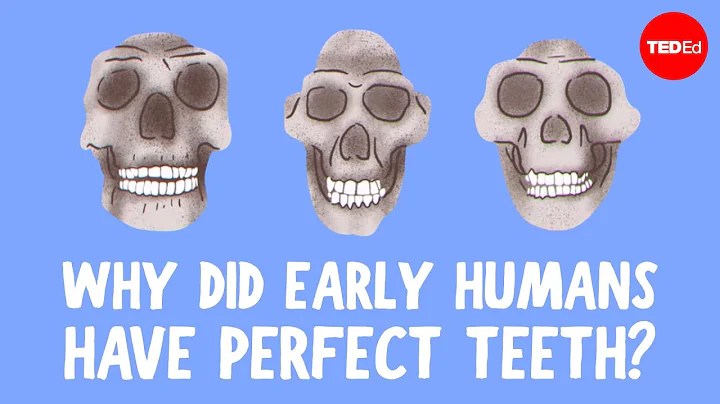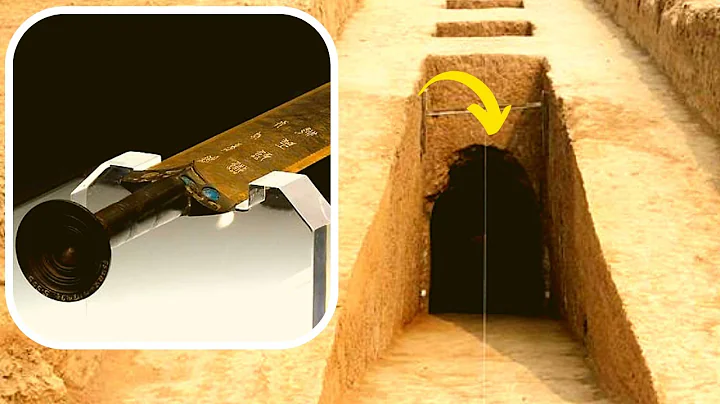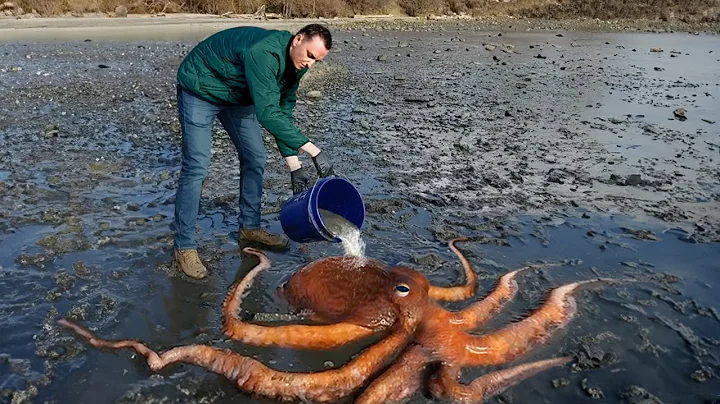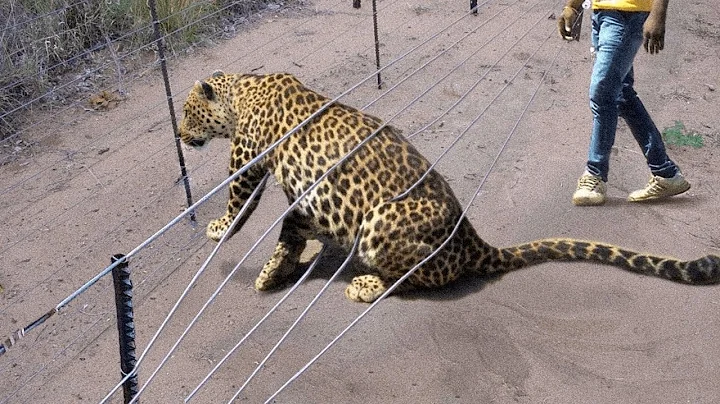On the surface, this is an ordinary animal skull fossil; but in the eyes of archaeologists, the positions of the back teeth on both sides of its jaw are obviously different, which soon led to a new discovery!
On June 20, a joint team of Chinese and foreign scientists officially announced a new result in paleopathology - the research team of Xing Lida of China University of Geosciences (Beijing) discovered a small mustelid animal para in the Linxia Basin of Gansu Province. The American badger (Parataxidea) skull has obvious proliferative lesions in the distal area of the maxillary teeth, which were determined to be ossifying fibromas.
This is the first scientifically documented case of ossifying fibroma in a mustelid.

Previously, German paleontologist Dansky, who first named it, had speculated that the main food source of this animal was fish. According to scientists, this discovery not only provides evidence for Shidansky's speculation, but also provides new materials and perspectives for the study of ossifying fibroma.
The fossil is about 6.3 million years old
According to reports, the first author of the study is Wang Donghao, a doctoral student at China University of Geosciences (Beijing). Other authors include Bruce M. Rothschild, a paleopathologist at the Carnegie Museum of Natural History in Pittsburgh, USA, and Liu Jian, director of the Sichuan Dingshang Museum. The research paper was published in the paleontology journal "Historical Biology" .
The fossil studied this time is preserved in the early Neogene and late Miocene Liushu Formation in Baihua Village, Linxia Basin, Gansu Province. It is about 6.3 million years old and is a member of the Yangjiashan fauna.
The fossils studied this time were originally wrapped in surrounding rocks. Only the rear edge of the fossil skull was broken, and the other parts were basically intact. The Para American badger is a genus of the mammalian carnivore order Weaselidae. The total length of the fossil is 8.9 centimeters. It is an adult individual. The top of its skull is straight, and the sagittal crest on the top of its head where the bite and muscles are attached is very low, indicating that its bite force is relatively poor.
Based on these characteristics, Dansky, the German paleontologist who first named it, once speculated that it used fish as its main food source.
Suffering from beasts and developing tumors in minors
During the cleaning process, it was Liu Jian, the curator of the Sichuan Dingshang Museum, who discovered that the fossils were a bit unusual. The abnormality is mainly in the face and jaw of the specimen. After further refinement, it was discovered that the posterior teeth on both sides of the specimen's maxillary bone had obvious abnormal growth and enlargement, and the surface was gritty. The left hyperplasia did not bulge, but the right side bulged significantly, forming a mass. Such lesions caused damage and loss of the left posterior teeth of the specimen, loss of the right posterior teeth, and sealing of the tooth fossa .
In order to make an accurate diagnosis, the research team sent the fossil specimens to West China School of Stomatology at Sichuan University for Micro CT scanning. The results of
show that: the outer edge of the hyperplastic tissue is shallow and bright, which is clearly distinguished from the normal bone; the inside of the hyperplasia shows density differences, which are composed of dark gray irregular spots, the color of which is consistent with the outside of the hyperplastic tissue. Irregular spots surrounded by brighter bands of light represent high-density tissue.

Parabadger lesions
were compared with lesions studied by modern medical diagnosis and found that the hyperplasia and enlarged surface were consistent with the manifestation of ossifying fibroma. The CT scan images and thin-section electron microscopy results of ossifying fibroma also match the Micro CT scan results. The dark gray irregular spots are the bone tissue part, and the bright light bands are the fibrous tissue part.
Because the fibrous tissue cannot be preserved in fossils, cavities formed after the decay of animal corpses are filled and crystallized by mineral-containing fluids, which are highlighted in Micro CT images. After further comparison of CT images, the patient was diagnosed as juvenile sand tumor-like ossifying fibroma. This shows that the affected animal suffered from tumors during its minor period.
Research on ossifying fibroma has new materials and new perspectives

American badger recovery drawing/Liu Zichen
According to reports, ossifying fibroma generally does not cause obvious pain, but it has a greater impact on the teeth, causing the affected animals to be unable to bite their teeth normally, Destruction of molar and premolars also affects food grinding. However, judging from the size of the skull of the affected animal, such lesions did not affect its growth. Based on this, scientists concluded that the main food of the Para American badger should be relatively soft and easy to digest.
Fish is a food that meets these requirements, so this specimen provides evidence for Shidansky's speculation, and also provides new materials and perspectives for the study of ossifying fibroma.
More news
This discovery is a new achievement in paleopathology. So, what is paleopathology?
This is a discipline that uses modern medical theory to study lesions in fossil or sub-fossil animals. It involves many fields such as pathology, biology, institutional anthropology, and archaeology. It is "the science of witnessing diseases that appeared in ancient human and animal remains" and can be considered a branch of biological anthropology
In specific practice, paleopathology is based on human skeletal remains unearthed from archaeological excavations, Mummy is the main research object. Combining literature records and applied natural science methods, it is committed to the study of the evolution and development of diseases over a long period of time and the adaptability of humans or other organisms to the environment. Therefore, some people also call it the archeology of disease.
It is very common for ancient vertebrates to be injured or sick in the natural environment. However, due to the limitations of fossil burial, the vast majority of evidence of lesions is reflected in bone fossils, so the vast majority of vertebrate paleopathology reflects animals Individual bone lesions.
is a member of the team that announced the discovery of the first scientifically recorded mustelid suffering from ossifying fibroma. Xing Lida’s research group at China University of Geosciences (Beijing) has been engaged in paleopathology research for more than ten years. So far, the results of different ancient creatures have been published, including scapula fracture of Sinoraptor, Sinosaurus alveolar sealant dinosaur, Lufengsaurus vertebral joint fusion and Yabeinosaurus fibula fracture. Paleopathology Paper.
Upstream News Reporter Qiu Jinyi Photo provided by the interviewee
